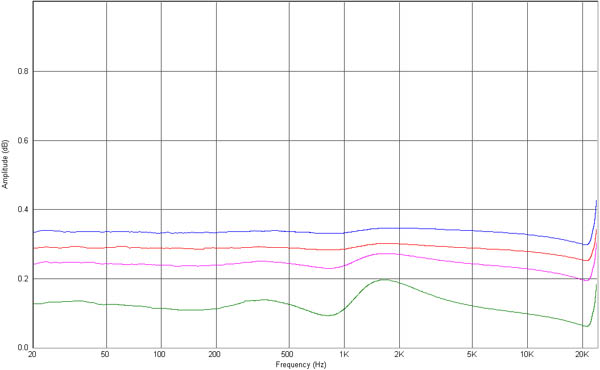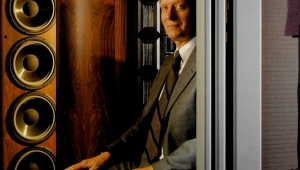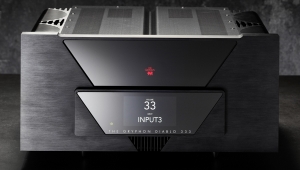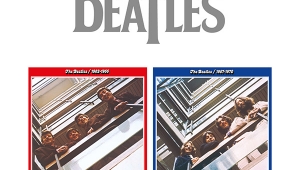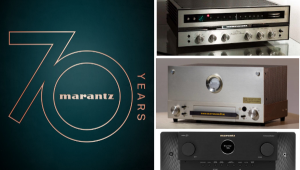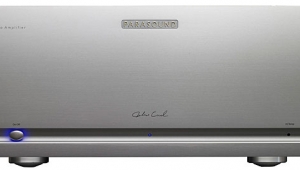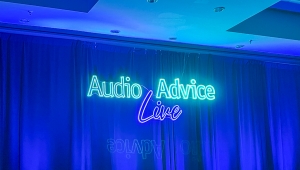| Columns Retired Columns & Blogs |
"There were several comments to the effect that the sonics of the second amplifier, which was slightly preferred. Hopefully this did not significantly influence the results of test #3 and remaining tests." - How can this be a scientifical experiement or worth discussing when they change a variable (a new amp half way through)? They should have thrown out the first tests and started all over.





